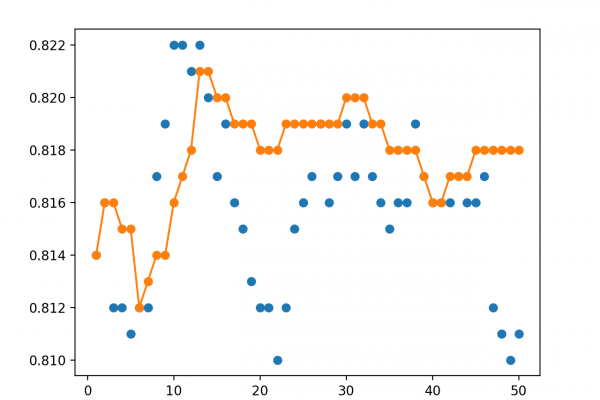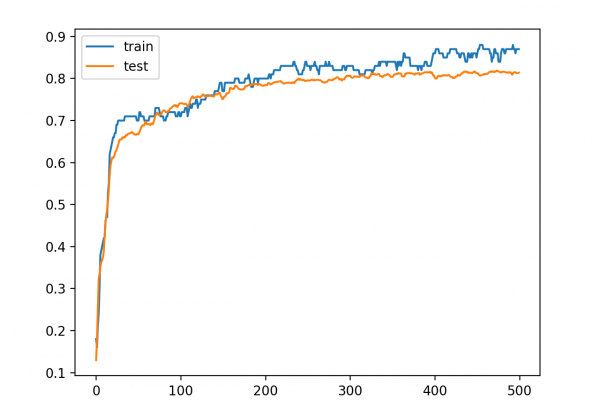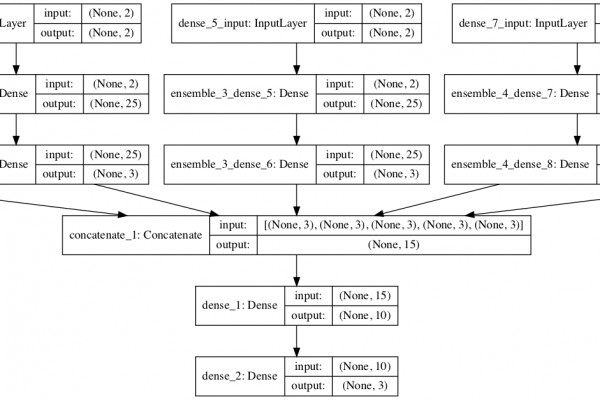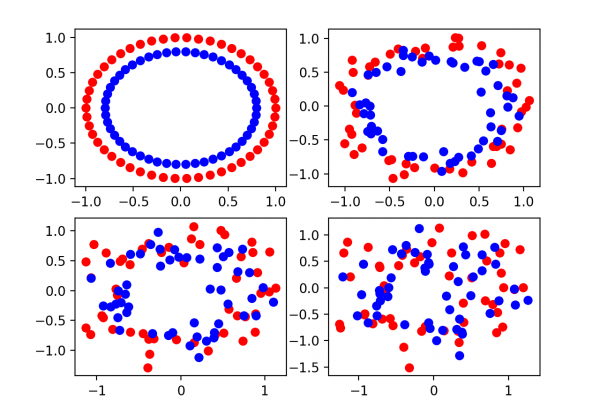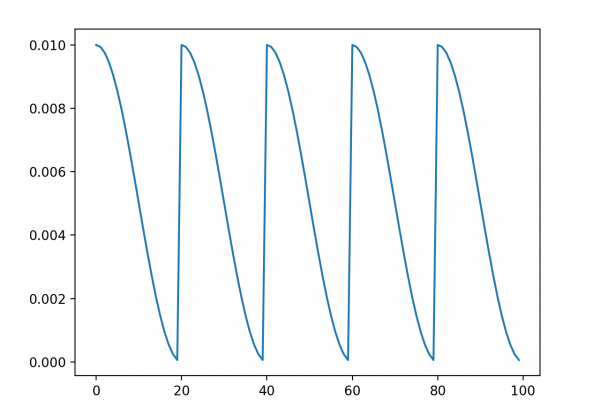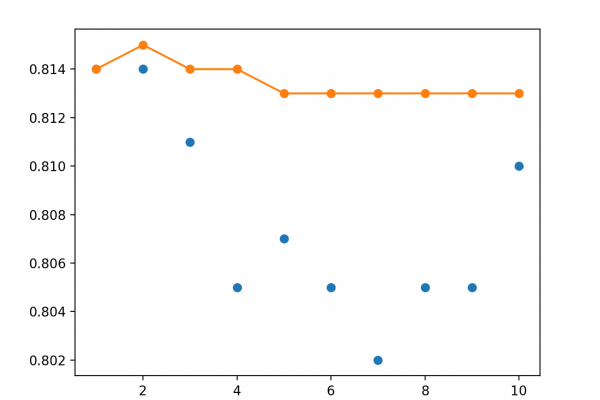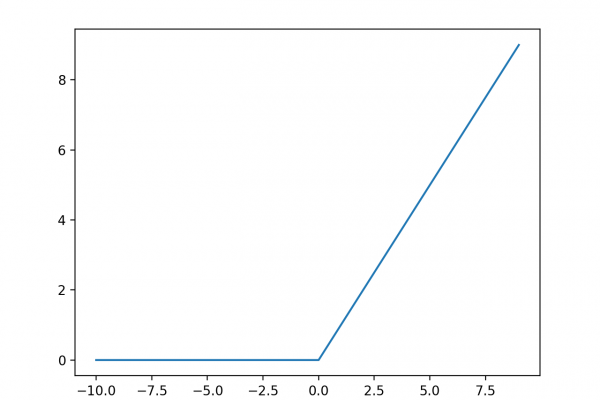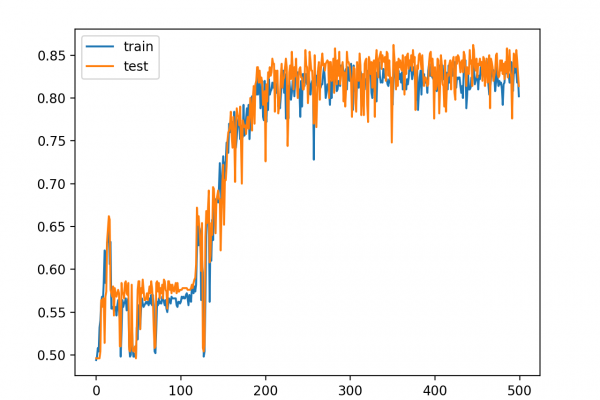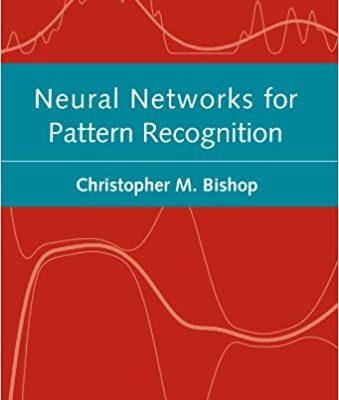How to Develop a Horizontal Voting Deep Learning Ensemble to Reduce Variance
Last Updated on August 25, 2020 Predictive modeling problems where the training dataset is small relative to the number of unlabeled examples are challenging. Neural networks can perform well on these types of problems, although they can suffer from high variance in model performance as measured on a training or hold-out validation datasets. This makes choosing which model to use as the final model risky, as there is no clear signal as to which model is better than another toward […]
Read more